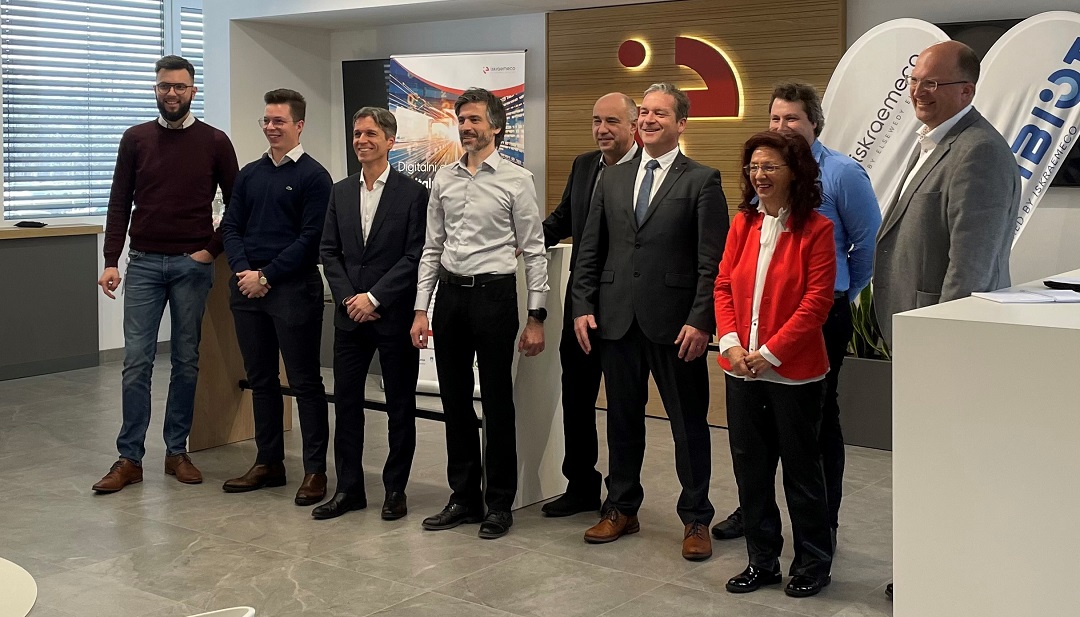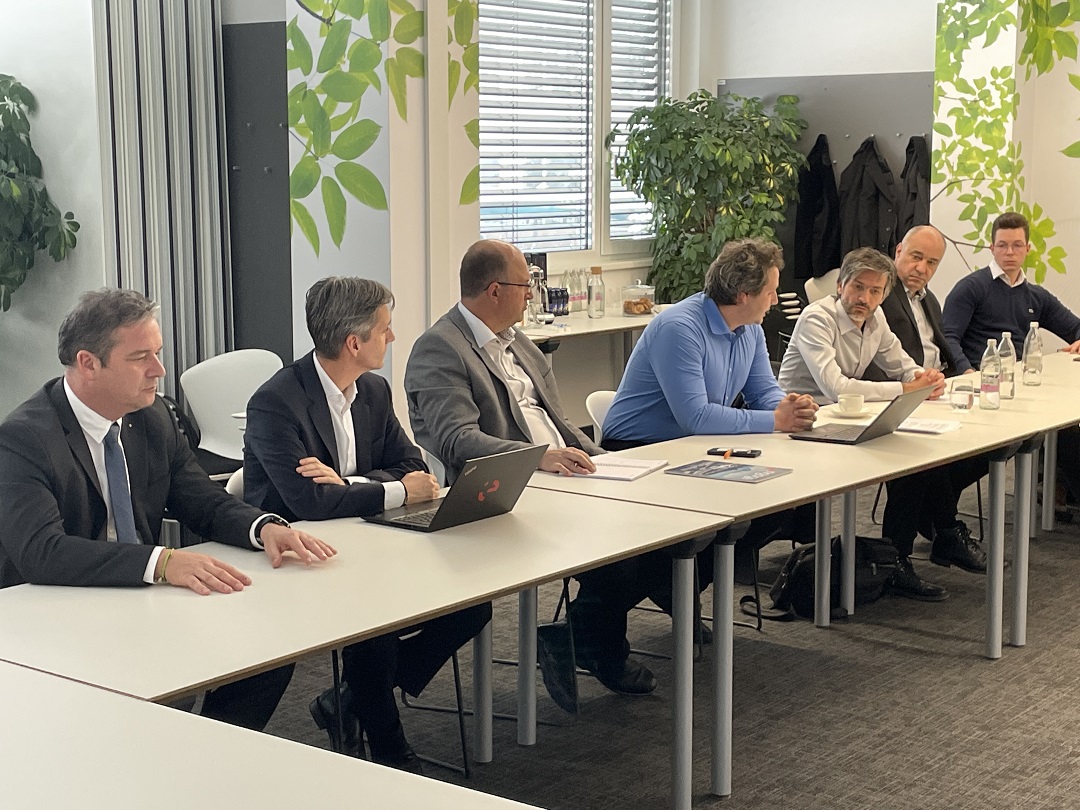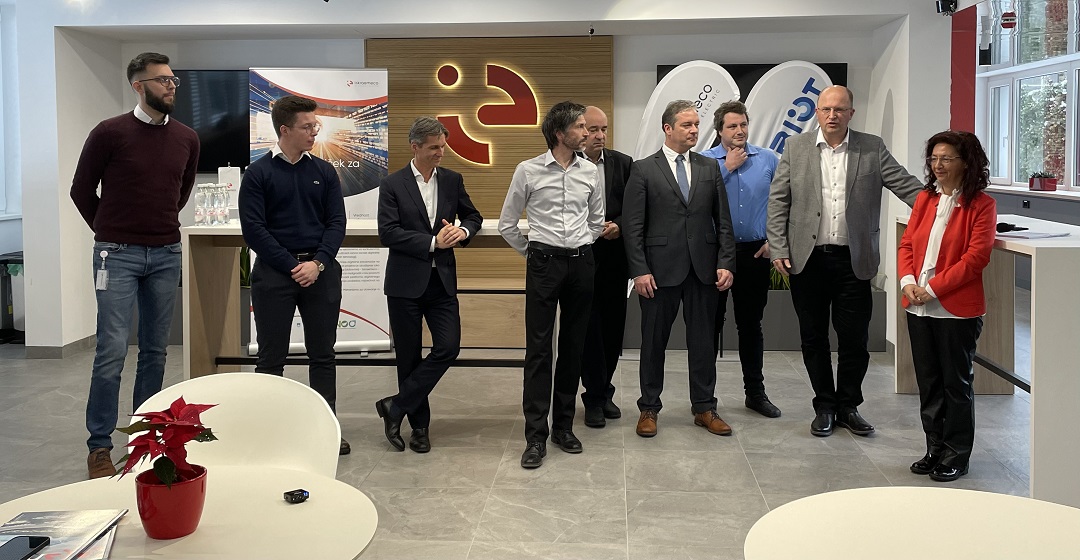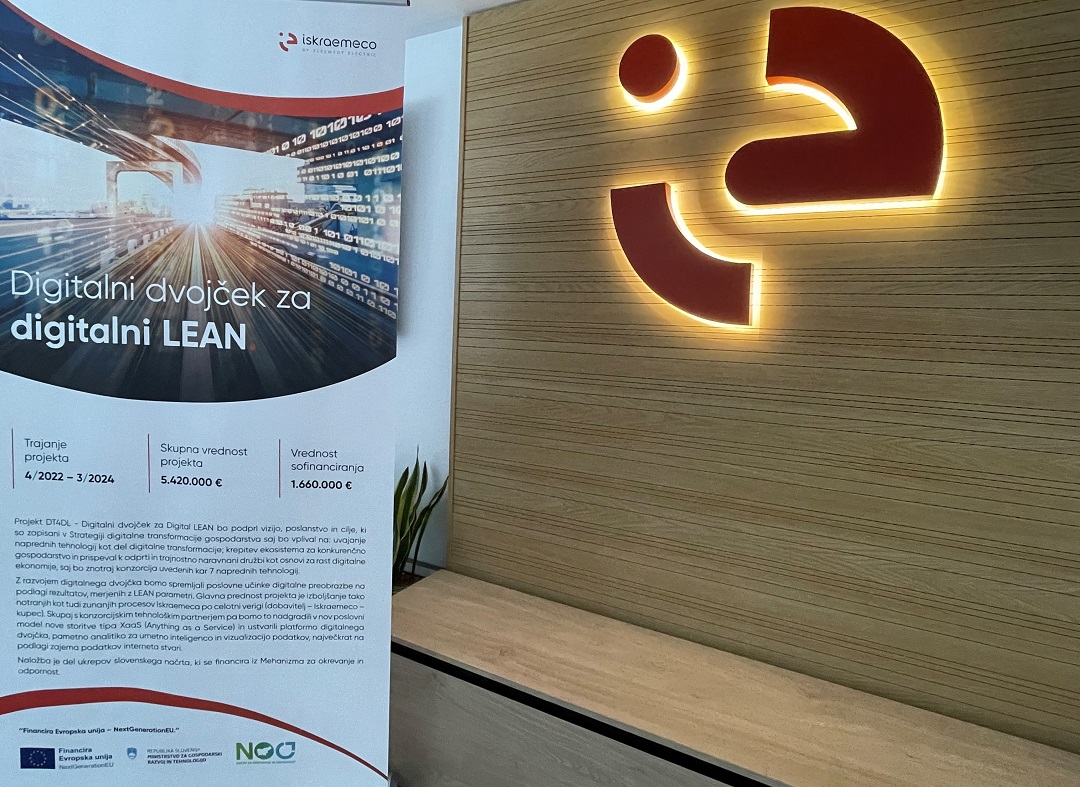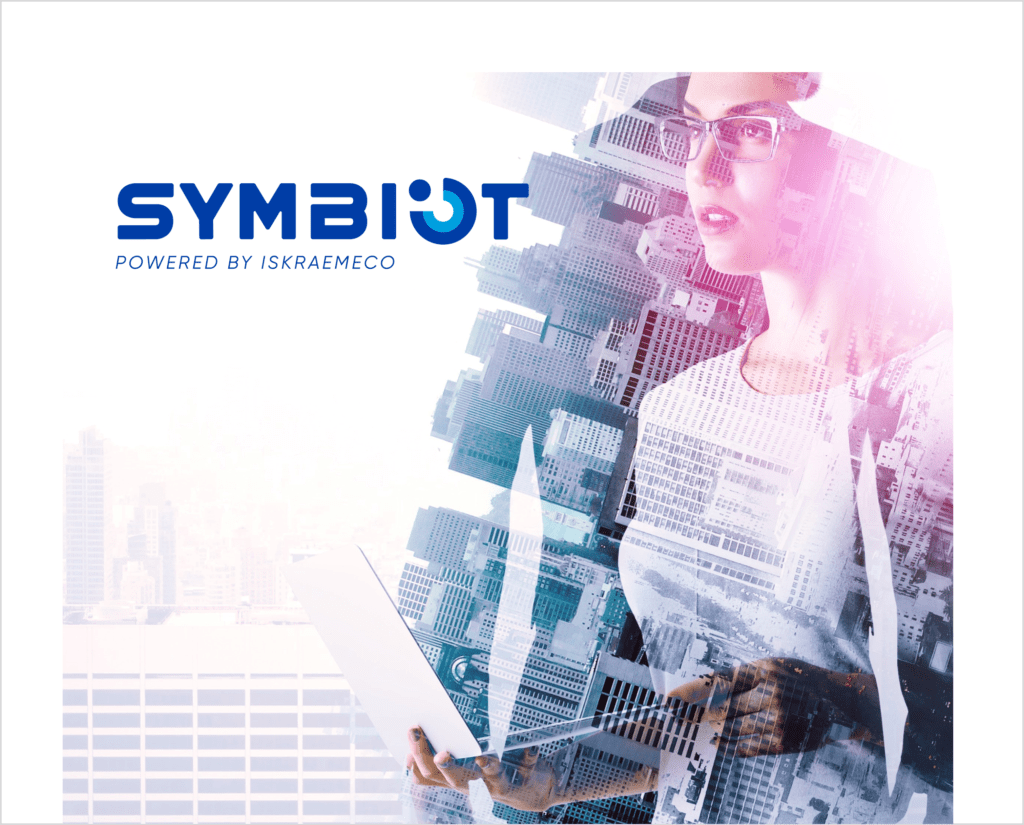Digitalization as the next step
Robert Rupnik, director of operations at Iskraemeco, explained that digitalization is the company’s next step. “In our company, we are moving to the level of industrialization. Hardware and robots are already known, now we are slowly moving into the area of data, which we manage within the processes and also within the company. Data from the market also has a significant impact on our business. Robotization of production, digital twin and analytics are very important for the business environment. Due to the growth of the company, and robotization, automation and digitalization, the number of employees is increasing every year. There is a change in existing jobs as simple jobs in production are decreasing or are almost non-existent. At the same time, there is a need to conduct trainings for employees to understand digital content.”
Digitalization across the value chain
The project manager at Iskraemeco, Miha Jež, explained that project partners are focusing on three groups of activities. The first part is the optimization of printed circuit boards, where we will automate the assembly of electronic components and upgrade it with visual control. Then we will move to the optimization of the final assembly of smart household meters, where we will incorporate robotization, automation and visual control, and focus on the relevance and quality of laser engraving. We will upgrade production lines with appropriate sensors for more advanced data processing, enabling predictive maintenance such as emissions analysis. The third group is aimed at digitizing support processes that are not directly linked to the production process, but significantly improve processes throughout the chain from supplier to company to customer. This primarily involves advance planning with the help of artificial intelligence, forecasting material prices on the market and monitoring order execution. This gives customers the opportunity to view the status of the entire order at any time.
New levels of data management
Partner companies ADD, 3Projekt, Iskra AMS, Qmins and GL Charge are also participating in the project. Marko Škufca from the company ADD said at the beginning that partnership with Iskraemeco will be the most important in establishing the business model, as they will introduce new levels of data management. Namely, the collected data will be processed and analyzed using artificial intelligence. Based on the data collected in the cloud, they will try to prevent possible failures, improve the quality of production and avoid waste. In doing so, they will use the form of a digital twin, which means that they will try to use technology to show what is happening in production. The second part of the project is the collection and processing of data on external factors that affect the company.
Production process optimization
As part of the project, company 3 Projekt will use a camera to record the production process on the assembly line and determine, which activities are not contributing to the actual process. “We want to find the optimal solution and determine the subsequent activities,” explains the company’s director Igor Žula.
Advanced technologies and machine learning
GL Charge, a company owned by Iskraemeco, develops and produces charging stations for electric vehicles. As part of the project, they will connect the processes of both companies, production, logistics and procurement. According to the director Matevž Grabar, “The acquisition of a 3D printer will enable easier creation of prototypes and faster adaptation of products to the market in which they will be used. The goal is also to establish the digitalization of some jobs by introducing some advanced technologies and machine learning.”
Digital technologies go hand in hand with job transformation
The representative of the Ministry of Economic Development and Technology, Nena Dokuzov, took part in the event and pointed out that the project is a response to the current European challenges: “We are delighted that the goals of our strategy are actually put into practice. Last year we adopted a strategy for the digital transformation of the economy. I would like to highlight two pillars: the implementation or integration of advanced digital technologies and the transformation of jobs into enriched jobs with higher added value are exactly what you are aiming for. I would also like to commend the fact that all the partners of the consortium are very convergent and cover practically all segments and phases of the value chain, for example in the field of microelectronics, which is the most searched in Europe today. I am convinced that together you will master all the European challenges we are facing. One area that we have not emphasized so much during today’s meeting is sustainable business. Iskraemeco is an example of a sustainable company. We know that you are achieving all the sustainable development goals, including economic, social and environmental sustainability, and that you are working hard to do so. By focusing on data, its use, storage and reuse, you can enrich and add even more value to it. At the same time, I congratulate you and look forward to working with you, during the development of the project.
Project objectives
- Increase efficiency, productivity, and competitiveness of large enterprises through the adoption of digital innovation, automation, robotization, and 4IR and 5IR technologies: The key innovation is the idea of monitoring LEAN parameters within the digital twin; and the project has many digital solutions dedicated to Industry 4.0.
- Increased use of advanced digital technologies in other companies: The technology consortium partners and two value chain partners (a buyer and a supplier) will increase the level of digital technologies already in use through upgrades and new digital solutions. They will also be offered a planned increase in expertise in other digital technologies, with a focus on ensuring convergence effects.
- Developing new or improving existing digital products and services: The digital transformation project will have a major impact on the quality of products.
- Changed business models, process innovation and development of new innovation platforms: For DT4DL, Iskraemeco, d.d. has developed a new digital business model of the XaaS type.
Activities and results
- Development of a digital twin (setting up a digital platform, creating intelligent AI algorithms, data collection of lean parameters and testing prototypes).
- Production of OPTV (assembled printed circuit board), robotization and automation of assembly with electronic components.
- Automation and optimization of the final assembly of the smart meter.
- Automation of control and improvements in ejection, maintenance, movement and transportation.
- Digital monitoring of the realization of production and sales orders.
- Planning of work orders and material prices using artificial intelligence.
- Infrastructure for public keys.
- Digital boards for communication.
- Implementation of a centralized system, equipment security, remote support.
- Electronic exchange of data and documents.
- Cyber security.
Established KPIs
- Innovative ideas implemented: 3.
- New or updated applications, technologies and new solutions deployed: 5.
- The level of digital maturity associated with the training of partners, employees and management structures: 30.
- The involvement of each department in the company and their contribution to the steps of digital transformation: 5
- Improved customer experience: 50% better.
- Reduced “time to market” for innovative products: from 5 to 4 months.
- The digital maturity level in connection with the training of partners, employees and management structures: at 5.
Funding
The total value of the project of all consortium partners is 5,418,977.97 euros, of which 1,660,000.00 euros are co-financed by the Recovery and Resilience Program of the Ministry of Economic Development and Technology. The largest part of the cost, 40.51%, is for labor costs, as digitization is mainly about reorganizing business processes and ways of working, as well as increasing the skills of employees. 23.54% is spent on tangible assets and 11.95% on intangible assets. Outsourced costs account for 17.40%, the rest are material costs and indirect project costs.
Funded by the European Union – NextGenerationEU.
 | 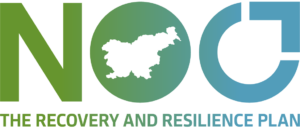 |
